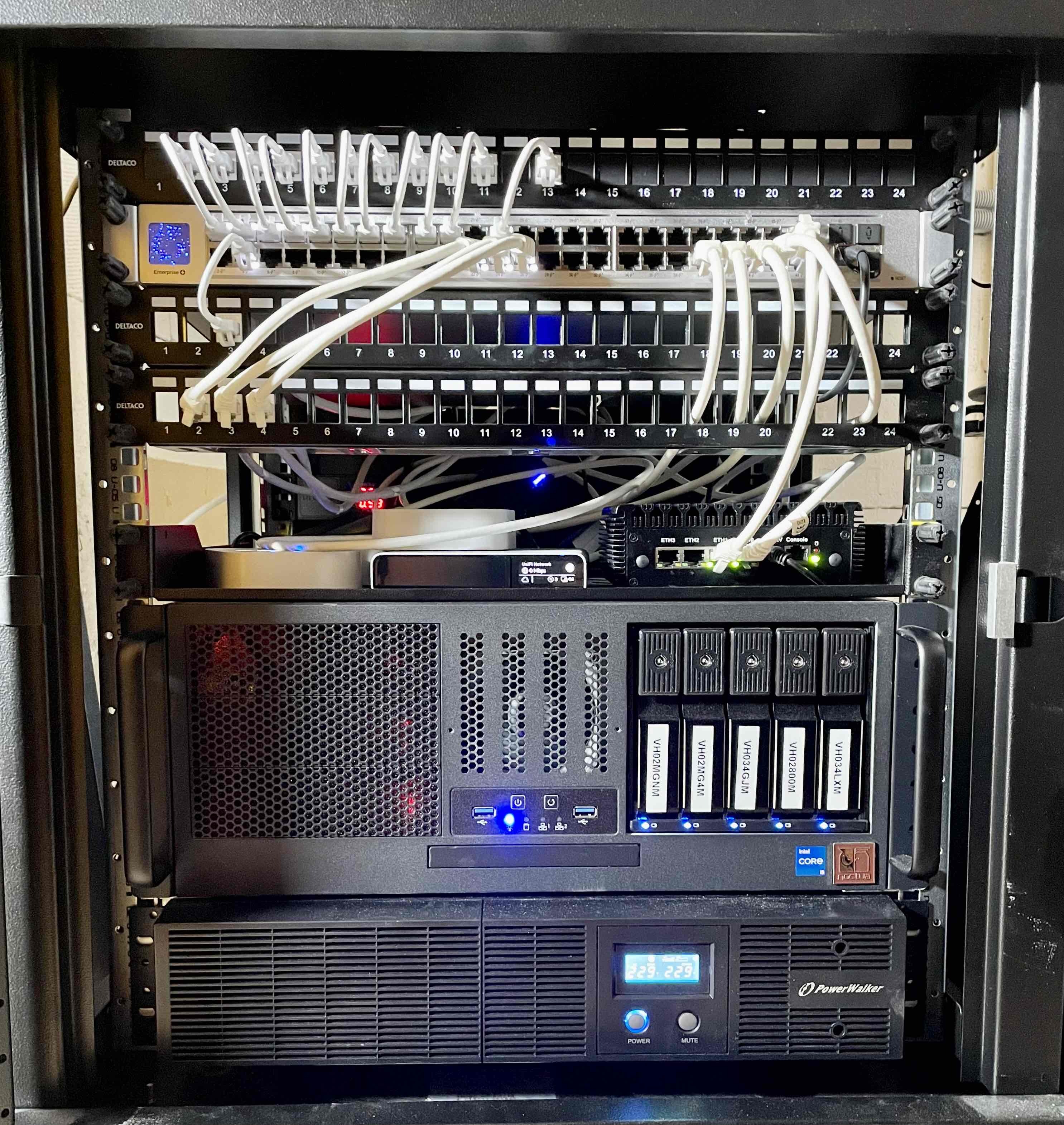Selfhosted
A place to share alternatives to popular online services that can be self-hosted without giving up privacy or locking you into a service you don't control.
Rules:
-
Be civil: we're here to support and learn from one another. Insults won't be tolerated. Flame wars are frowned upon.
-
No spam posting.
-
Posts have to be centered around self-hosting. There are other communities for discussing hardware or home computing. If it's not obvious why your post topic revolves around selfhosting, please include details to make it clear.
-
Don't duplicate the full text of your blog or github here. Just post the link for folks to click.
-
Submission headline should match the article title (don’t cherry-pick information from the title to fit your agenda).
-
No trolling.
Resources:
- selfh.st Newsletter and index of selfhosted software and apps
- awesome-selfhosted software
- awesome-sysadmin resources
- Self-Hosted Podcast from Jupiter Broadcasting
Any issues on the community? Report it using the report flag.
Questions? DM the mods!
view the rest of the comments


Back when I built racks, our "standard" was UPS at the bottom, all drives at the top...but mainly for accessibility. Hadn't even thought about vibrations or interference!
Ups at the bottom is also because of the weight of the batteries. In a small rack like this I don't think moving the disks 30cm up will make a big difference.
Absolutely on that point. Same goes for heavy multi zone amplifiers.
Man I loved building racks. Almost makes me miss field work...
Drives at the top? Hell no. SANs are heavy, they go in the bottom half too (assuming a mixed rack). Especially if you have those disk shelves that slide out so they hold 3.5" drives three deep. Top of the rack is for network hardware and such.
I did not install SANs, I built racks for AV so the only drives were NAS/mini PCs on shelves